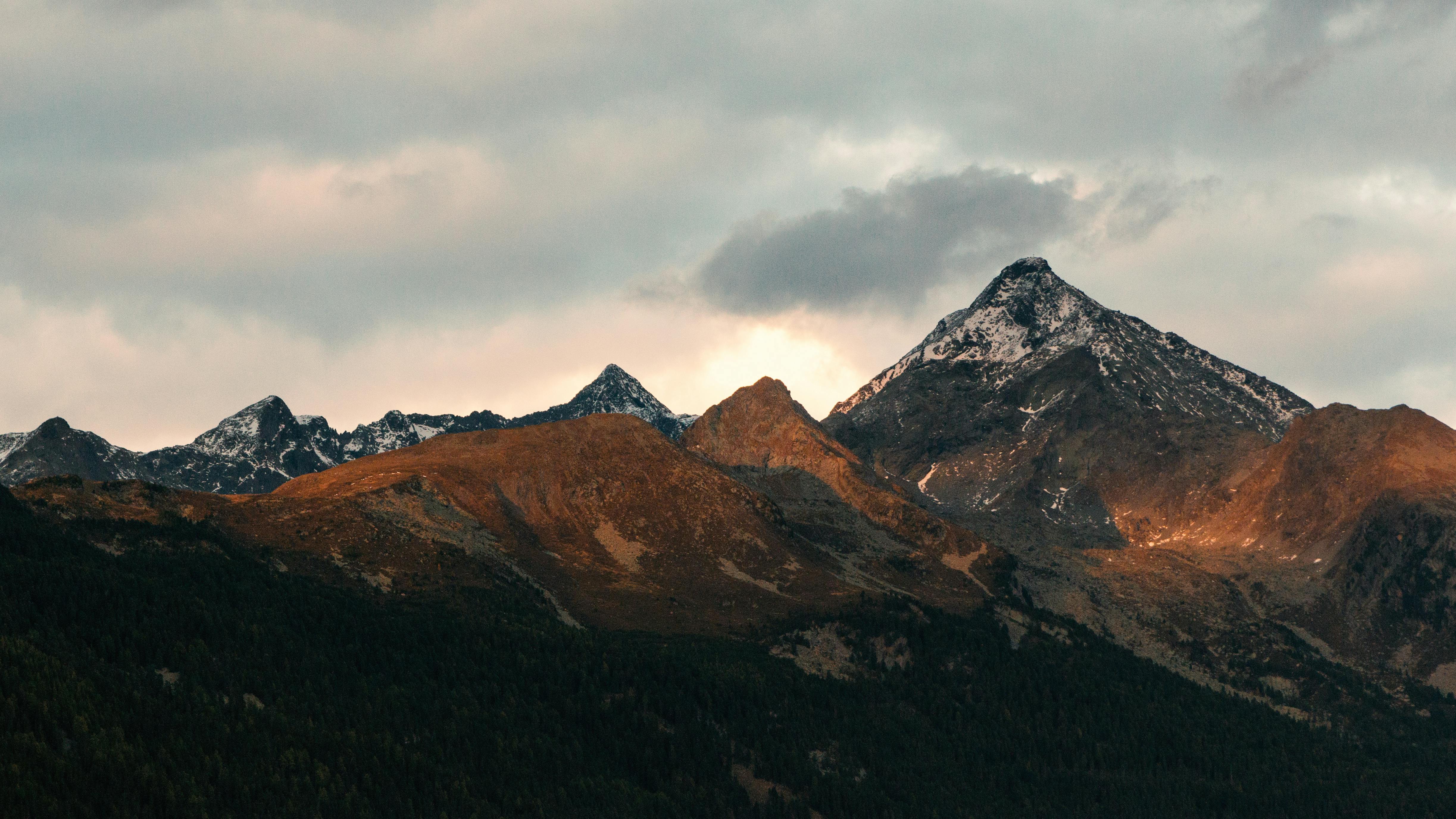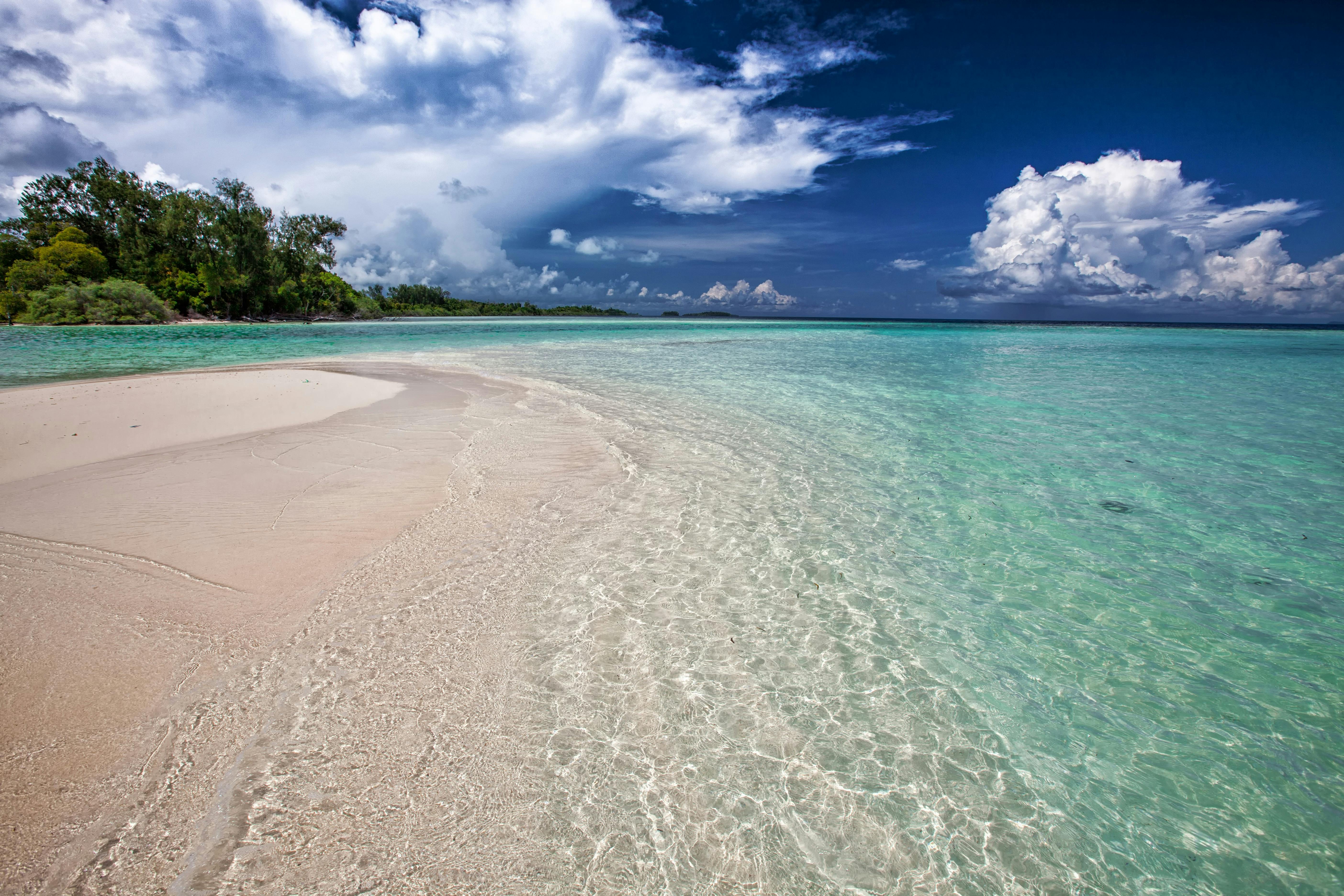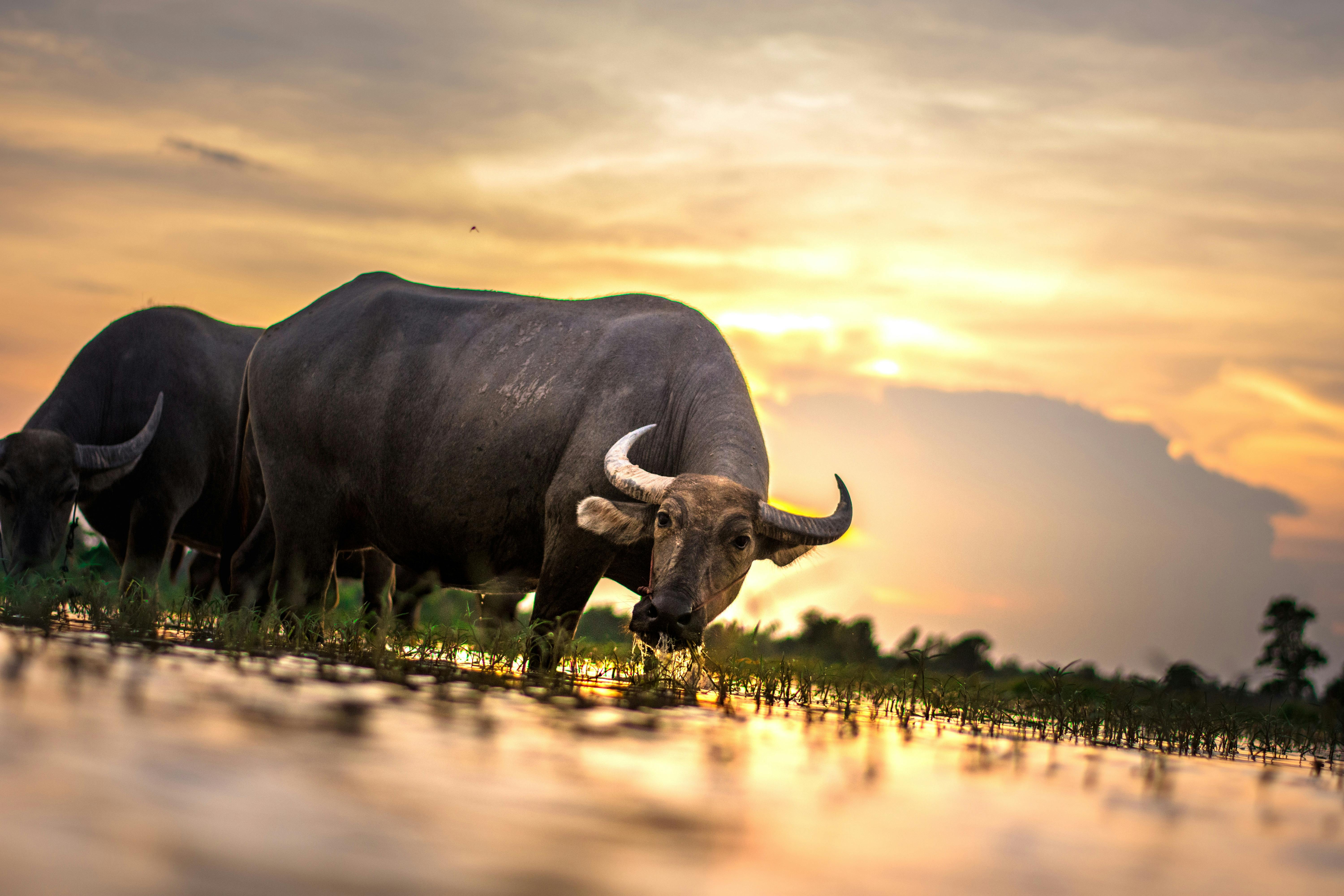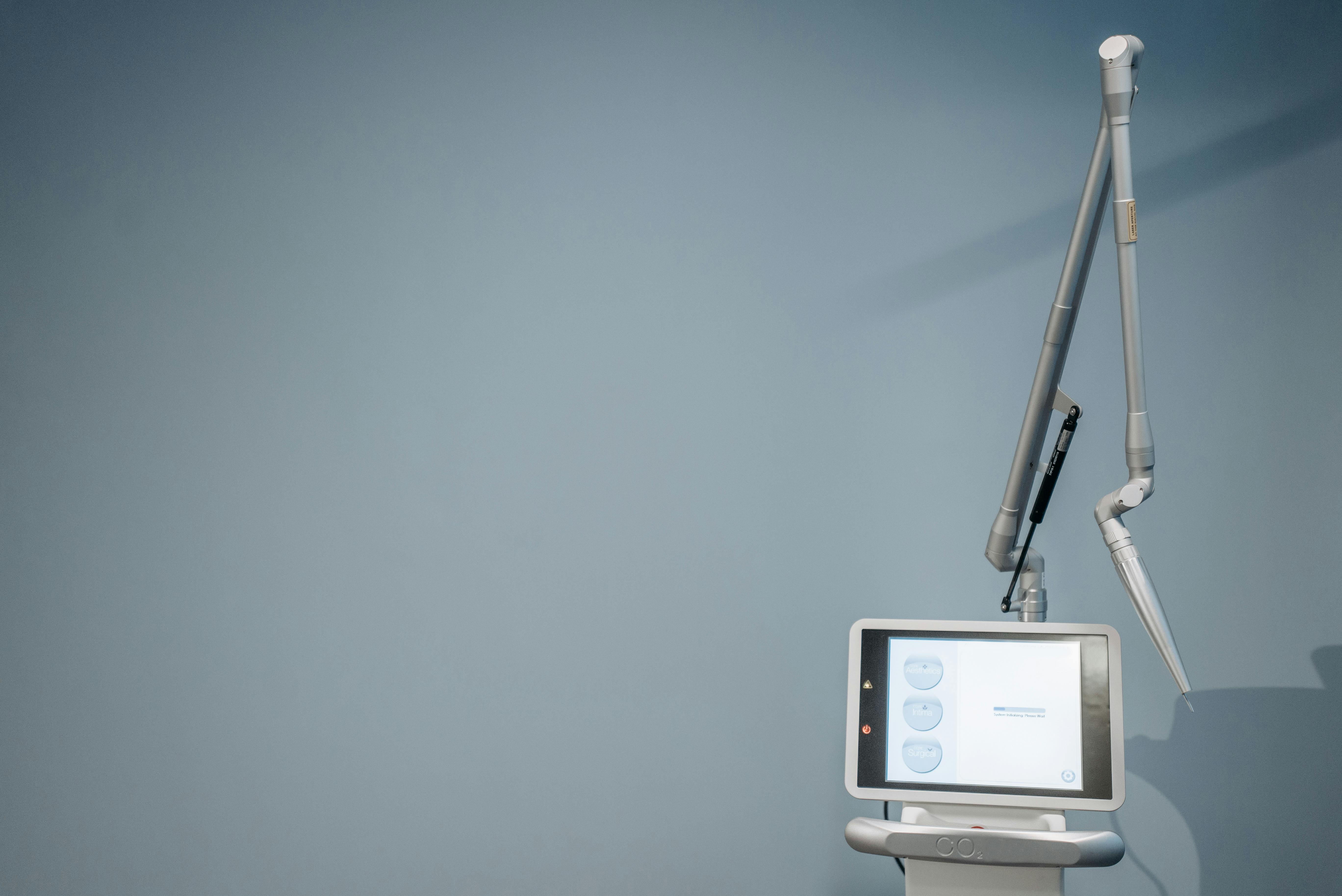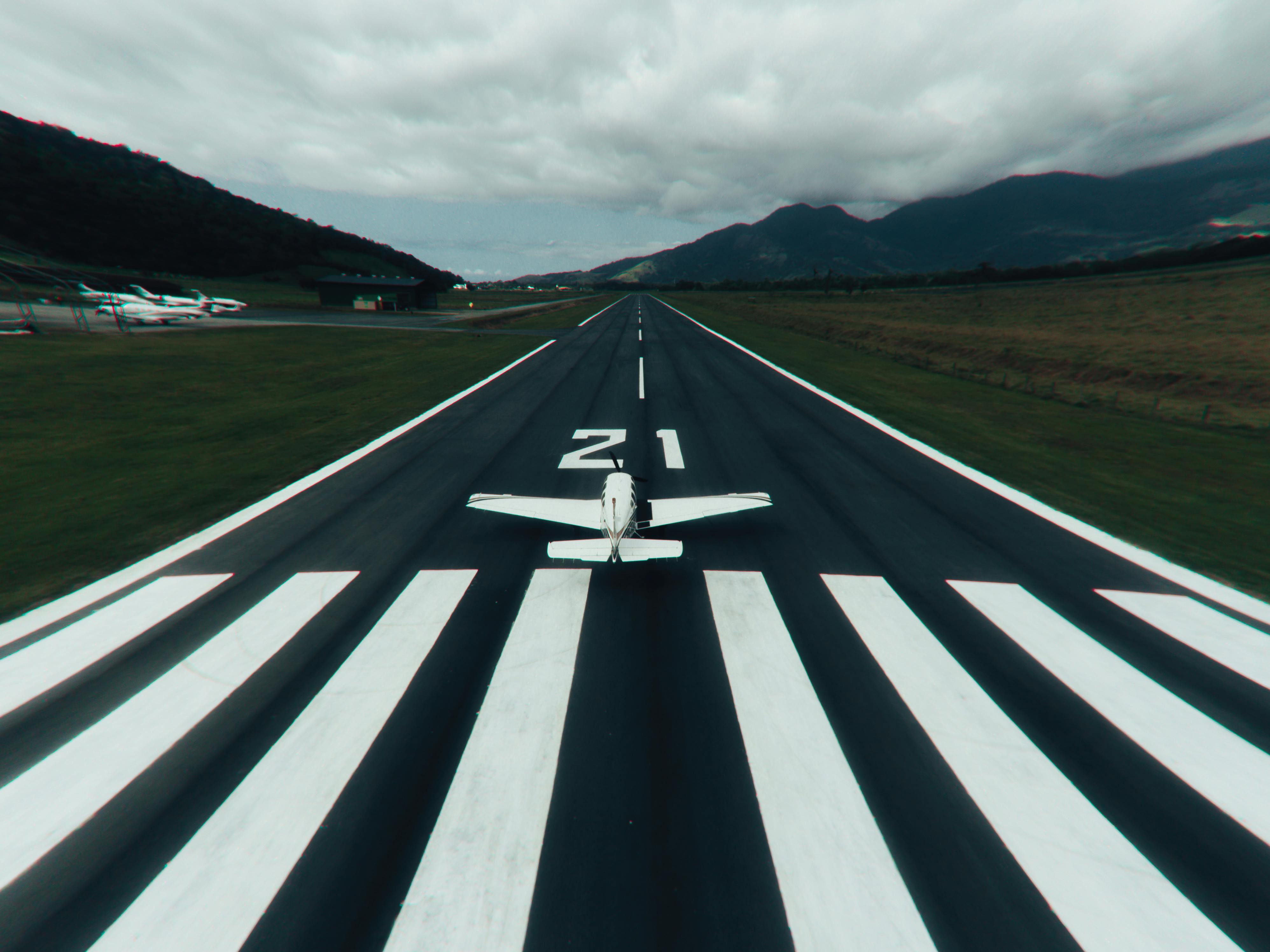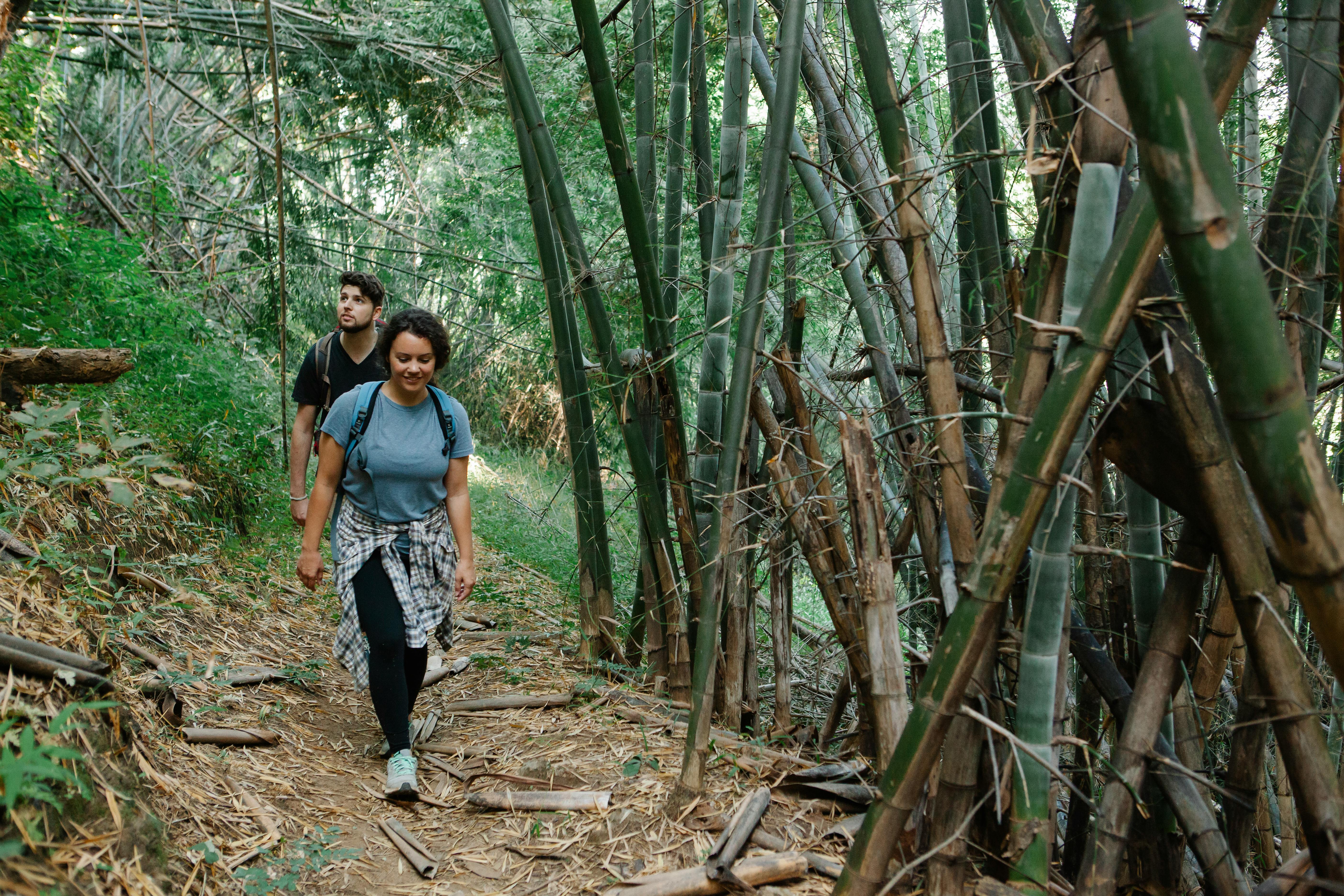In the history of the Philippines, Antulang Beach Resort was the first resort to offer pool villas to its guests. It offers first class rooms, which simply means that these rooms have their own Jacuzzis. The luxury is impressive and the space is more than anyone expects! All rooms are built with Canadian pine wood that blends with the natural beauty of the place. Antulang Beach Resort can be reached via buses that will take a 45-minute ride from the city of Dumaguete, the capital city of Negros Oriental.
How to get there…
Antulang Beach Resort is under the Municipality of Siaton, which is an hour’s drive from the city of Dumaguete. And if you’re worried about how to get there, worry no more! If you are a foreigner, there are three ways to get to Antulang Resort.
First, you need to take a plane to Manila; the capital city of the Philippines. Once you are in the Philippines, specifically in Manila, try to book a flight to the city of Dumaguete or Negros Oriental. There are only two commercial airports in Negros province; it is in the city of Dumaguete for Negros Oriental and in the city of Bacolod for Negros Occidental. Now, while you are in Manila, you can try to book for Antulang Beach Resort through their point of sale; try asking at the tourist office at the airport. Surely they have all the numbers of all the possible destinations of the tourists. It is better that you trust the tourist offices than the taxi drivers because the Philippines is more focused on tourism nowadays, while the taxi drivers just want to make money. However, if you don’t have enough time to book at Antulang Beach Resort, just take the flight to Negros Oriental or Dumaguete City; it is only one hour from Manila by plane.
Secondly, if you arrive at Dumaguete City Airport without booking at Antulang Beach Resort, please find the tourist office and ask for the Resort number so they can reserve you. Otherwise, you must take a tricycle to go to the bus terminal. Now, the advantage of booking for Antulang in the first place is that there will be a van waiting for you at the airport that will take you directly to the Resort; you will know it because it has the name of the resort. However, if you were somehow unable to book, then you must travel by bus.
Third, the pedicab will take you to a Ceres bus station. Ceres Liner is the largest transport in the province of Negros and you can always rely on its services. Just try to find a bus that goes to the city of Bayawan; this is the final destination of the bus but it will pass through Siaton Township. Just tell the driver that you are going to Antulang Beach Resort. The ticket is $1.30 or 50 pesos; Before going anywhere in the Philippines, please exchange your currency to Philippine currency to avoid further hassle with situations involving cash.
What to expect in Antulang?
Antulang is a seaside resort. But not just any ordinary spa; it is luxurious and designed to meet the needs of celebrities as well as tourists looking for a good place to stay during a tour. So expect a lot from him.
The first thing to expect is the beach itself. If there is something that Antulang is very proud of, it is the beach. The white sand seemed to be a highlight against the clear blue sea. The caretakers carefully clean the shore every day and since the resort is first class, no one is allowed to dive into the beach without being reserved. So you might expect the beach to be exclusively for guests. One important thing to know about Antulang is that it is elevated and shelters at the top of the cliff. The spiral staircase will take you gently down to the beach; and that’s what makes the allure of the beach irresistible. Witnessing the sunset in Antulang is one of the most beautiful experiences you will find.
Antulang is also a good dive site. The shallow corals are incredibly beautiful to look at and everyone prefers to snorkel and compete with the beautiful butterfly fish, the colorful clown fish, octopuses and even eels. And for those who really want to explore further, they can watch stingrays and hawksbill sea turtles swim gracefully. Antulang Beach Resort also offers night diving, which would leave the impression of diving in your own aquarium.
And for nature lovers, Antulang has so many fruit trees that you can enjoy. Some of the local trees include berries (wild guava), sereguelas Y little apples They bear fruit all year round.
Apart from the local fruits, there are also local animals that you often see coming towards you like aura (monitor lizard), tuko (geckos), kagang (sentinel crabs) and umang (hermit crabs).
Antulang Beach Resort has scheduled cruises for its guests to the most popular Apo Island and neighboring Tambobo Bay. So if you really want to discover the hidden paradise then visit Antulang Beach Resort and you will surely feel the difference.

